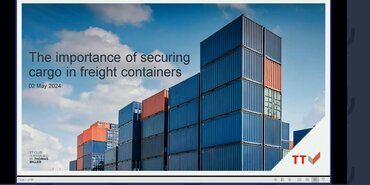The Future of Drones and Autonomous Vehicles
Drones and autonomous vehicles have long been in development and their capabilities are now becoming a reality. This technology brings potential benefits but also challenges around acceptance and regulation.
State of the Art for Road Transport
FluxAuto is developing autonomy kits to retrofit existing truck fleets for autonomous operation. This can increase productivity, lower costs, and reduce human touchpoints. Their system uses cameras, sensors, and AI for perception, planning, and precision control. It adapts to environmental conditions and aims to automate logistics end-to-end.
State of the Art for Air Transport
Dronamics is creating a same-day cargo drone delivery network in Europe. Their autonomous fixed-wing drones can carry 350kg payloads up to 3000km for under €2 per kilogram. The drones use existing aviation components for easier certification and are designed for cost-efficiency. They aim to connect airports as drone ports to enable rapid point-to-point delivery.
State of the Art for Maritime Transport
Voyzilla Marine's autonomy solutions include smart docking, collision avoidance, and remote vessel control. Their technologies provide situational awareness using sensors like high-res radars, make decisions via AI, and enable autonomous manoeuvring. Digitalisation and automation can enhance safety, efficiency, and fleet oversight, especially during disruptions like COVID-19.
Panel Discussion on Key Issues
The panel discussed how autonomous technology could have alleviated supply chain strains during COVID-19. All noted increased interest and expect accelerated adoption. Environmental limitations can be overcome via sensor fusion and AI. Regulatory disparity across regions poses challenges. Cyber risks and acceptable safety frameworks also need addressing. But the technology could see expanded use within 5 years.
Conclusion
Drones and autonomous vehicle capabilities are maturing quickly. Wider acceptance will depend on resolving commercial and regulatory hurdles. But their benefits for logistics resilience, safety and efficiency bode well for their future.
- Author
- Staff Author
- Date
- 15/07/2020





